Rising Popularity of Cricket
The increasing popularity of cricket across various regions is a primary driver for the Cricket Bats Market. Countries with emerging cricket cultures, such as the United States and China, are witnessing a surge in interest, leading to higher demand for cricket equipment. This trend is supported by the growing number of cricket academies and leagues, which are fostering grassroots participation. As more individuals engage with the sport, the need for quality cricket bats is likely to rise. Market data indicates that the cricket bat segment is projected to grow at a compound annual growth rate of approximately 5.2% over the next five years, reflecting the sport's expanding fan base and participation rates.
Increased Investment in Sports Infrastructure
The rise in investment in sports infrastructure, particularly in cricket, is a notable driver for the Cricket Bats Market. Governments and private entities are allocating funds to develop cricket facilities, including stadiums and training centers, which in turn promotes the sport. This investment is likely to lead to an increase in cricket participation at all levels, from grassroots to professional. As more players emerge from these enhanced facilities, the demand for quality cricket bats is expected to rise. Market analysts suggest that this trend could result in a substantial increase in sales for cricket bat manufacturers, as new players seek reliable equipment to support their development.
Technological Innovations in Bat Manufacturing
Technological advancements in bat manufacturing are significantly influencing the Cricket Bats Market. Innovations such as the use of advanced materials, including carbon fiber and composite materials, enhance the performance and durability of cricket bats. Manufacturers are increasingly investing in research and development to create bats that offer improved power, control, and lightweight characteristics. This focus on technology not only attracts professional players but also appeals to amateur cricketers seeking high-performance equipment. The integration of technology in bat design is expected to drive market growth, as consumers become more discerning about the quality and performance of their gear.
Growing E-commerce Platforms for Sports Equipment
The expansion of e-commerce platforms dedicated to sports equipment is reshaping the Cricket Bats Market. Online retailing provides consumers with greater access to a variety of cricket bats, allowing them to compare prices and features conveniently. This shift towards online shopping is particularly appealing to younger demographics who prefer digital purchasing experiences. As e-commerce continues to grow, it is anticipated that sales of cricket bats will increase, as consumers are more likely to explore diverse brands and models available online. Data suggests that online sales of sports equipment, including cricket bats, are expected to account for a significant portion of the market share in the coming years.
Focus on Youth Engagement and Development Programs
The emphasis on youth engagement and development programs in cricket is a crucial driver for the Cricket Bats Market. Various organizations and cricket boards are implementing initiatives aimed at attracting young talent to the sport. These programs often include coaching clinics, school partnerships, and youth leagues, which not only promote cricket but also encourage the purchase of cricket equipment, including bats. As youth participation increases, the demand for age-appropriate and performance-oriented cricket bats is likely to rise. This focus on youth development is expected to create a sustainable market for cricket bats, as young players transition into lifelong participants in the sport.



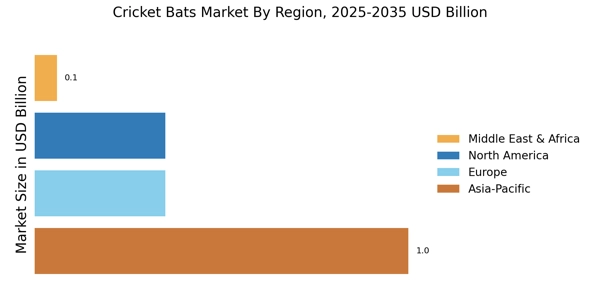
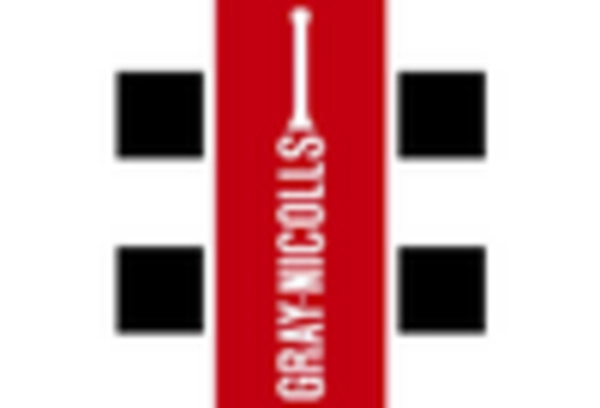

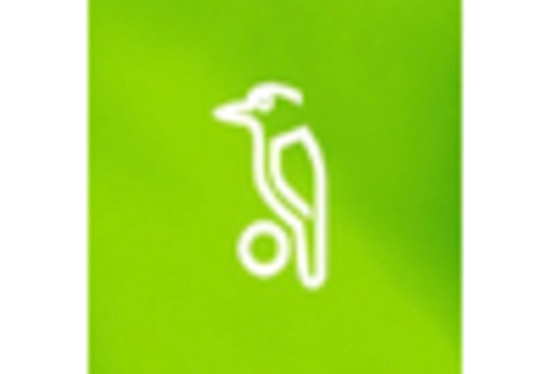
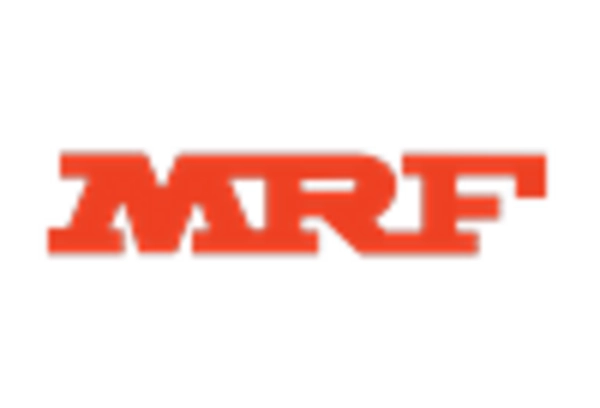
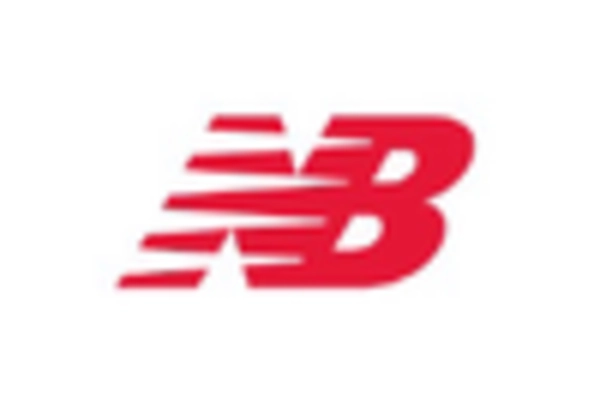
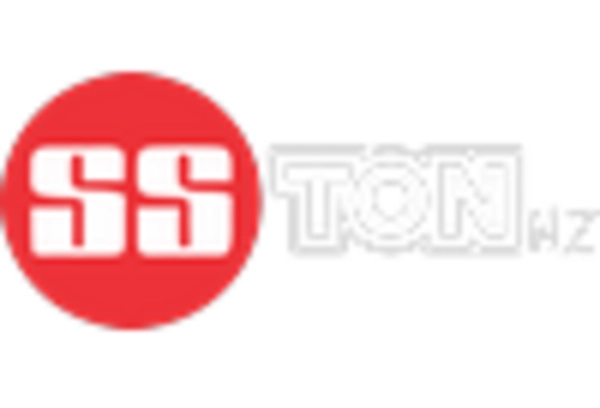








Leave a Comment